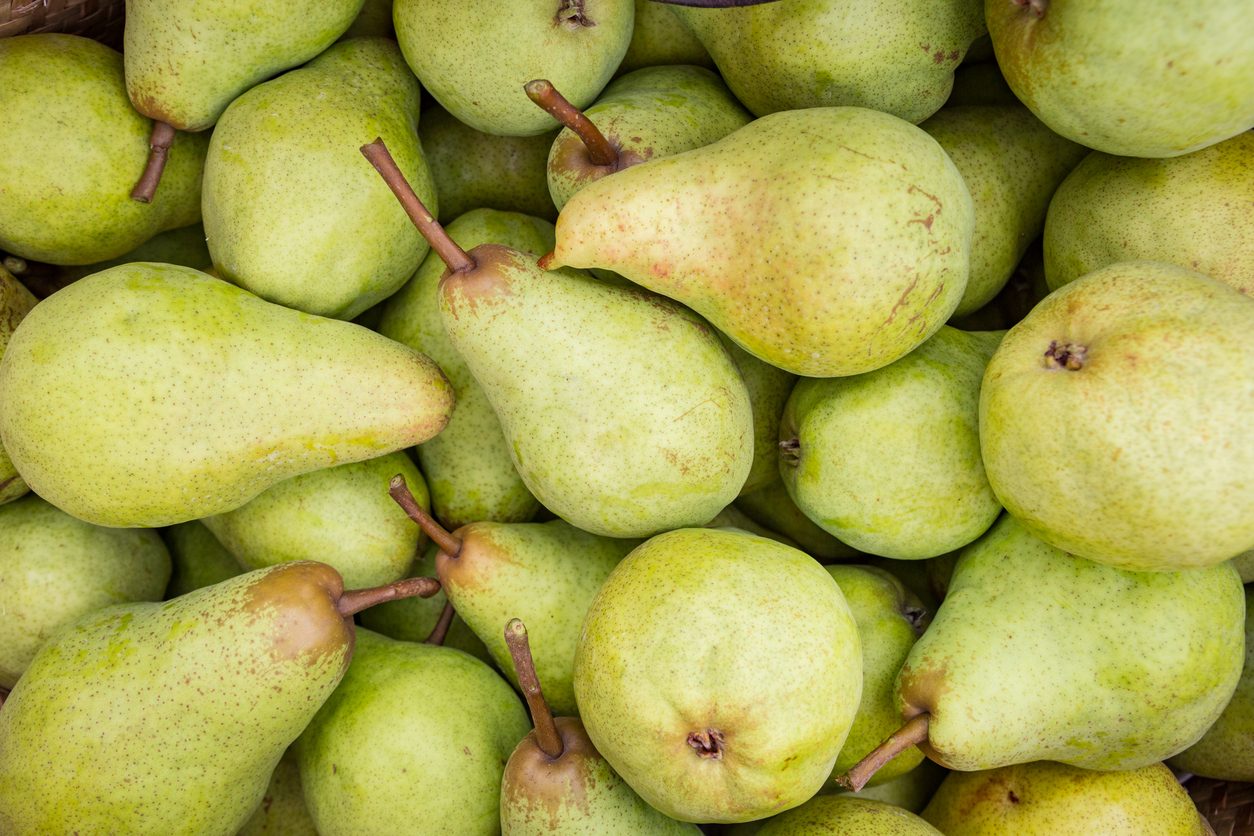Here’s How To Ripen Hard Pears
You might have experienced the frustration of buying what seems like perfectly ripe pears, only to find them stubbornly hard and unyielding. Pears, unlike most other fruits, do not ripen on their branches and if you want them to ripen there are some things you can do to get the results.
;)
When it comes to European and oriental varieties of pears, the best time to harvest is when they are slightly immature and hard to the touch. This characteristic varies with the pear type, but in the end, to completely ripen a pear, you will need to do some extra things including properly harvesting them. What are these things? Keep reading to find out.
Pears Variants and Their Hardness

- European Pears: These are the classic pear varieties with smooth, "pear-shaped" bodies. They're typically harvested slightly immature and require cold storage to trigger ripening.
- Oriental Hybrid Pears: These pears have a grittier texture and are less common. They, too, need cold storage to ripen properly.
- Asian Pears: Unlike their European counterparts, Asian pears remain firm even when ripe. They're best enjoyed straight from the tree at peak ripeness.
How to Ripen a Hard Pear: The Role of Ethylene Gas

Pear ripening relies heavily on the production of ethylene gas, a natural hormone that acts as a catalyst for the ripening process. European and oriental hybrid pears naturally emit ethylene gas, which initiates the softening and ripening of the fruit. However, if pears are harvested incorrectly or not exposed to adequate cold temperatures, this process can be disrupted, resulting in firm, unripe fruit.
When purchased from stores, pears require time at room temperature, typically between 65-75°F, to soften and ripen properly. Storing them in cold environments, such as the refrigerator, slows down this process significantly, so it's best to keep them out until they reach the desired ripeness.
To hasten ripening, you can utilize a simple trick: placing the pears in a paper bag along with ethylene-producing fruits like apples or bananas. The confined space of the bag traps the ethylene gas emitted by these fruits, effectively accelerating the ripening process of the pears within.
How Can You Tell When Pear Has Ripened?

Determining the ripeness of pears can be a bit tricky compared to other fruits, as they typically maintain their original color even as they ripen. Instead of relying on visual cues, you can assess the ripeness of a pear through touch.
To check if a pear is ripe, gently squeeze near the stem. It should yield slightly but not feel too hard or too soft. However, keep in mind that if the pear feels overly soft or mushy, it has become overripe and could be spoilt.
Summary
The best way to ripen a pear is to first ensure it was properly harvested. Afterward, depending on how urgent you need it, you may leave it out at room temperature or try to speed things up by trapping the pear in a paperback with a rice apple or a banana. They will trigger the release of ethylene which will get the pear ripen faster.
;Resize,width=767;)



